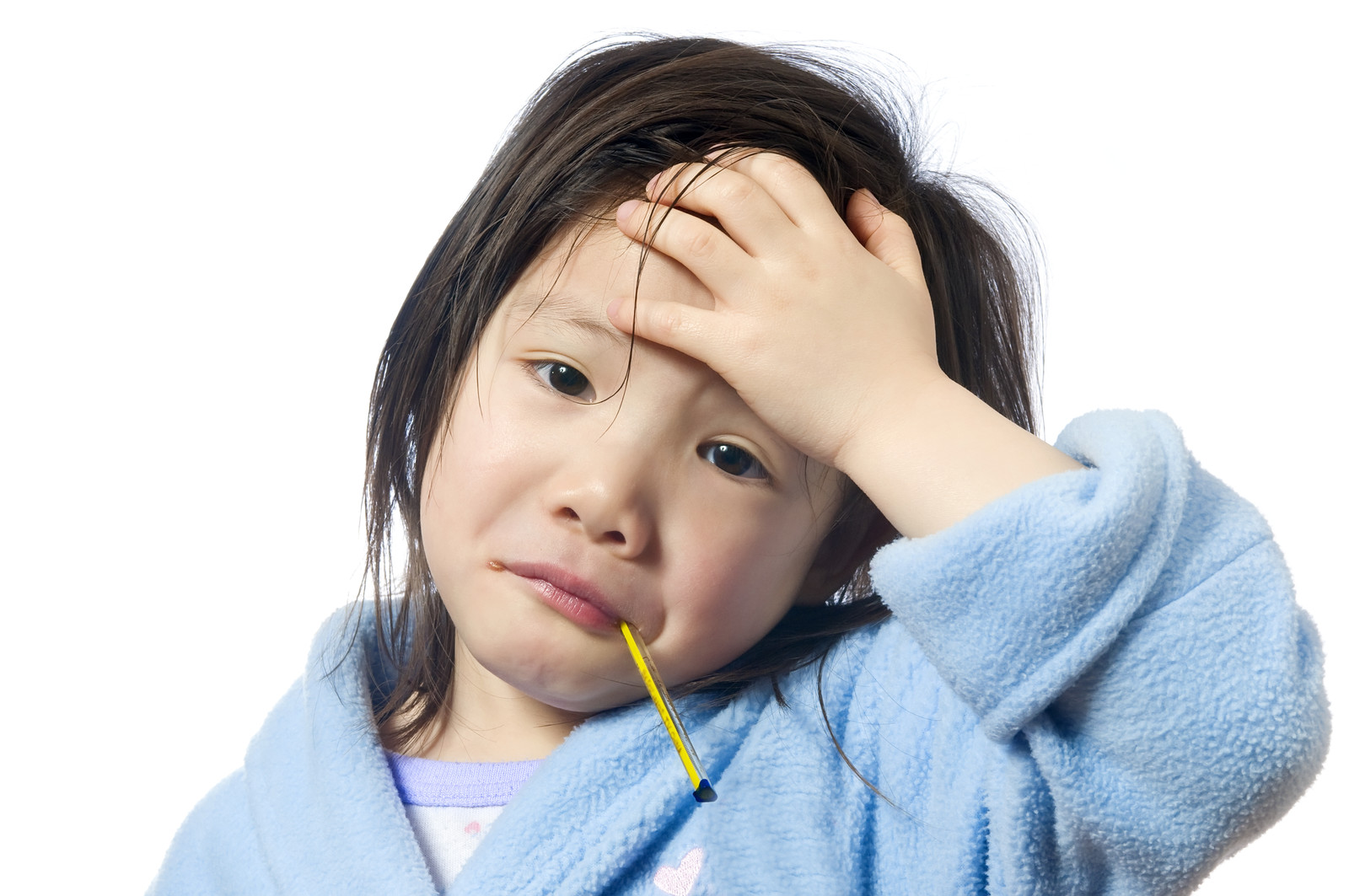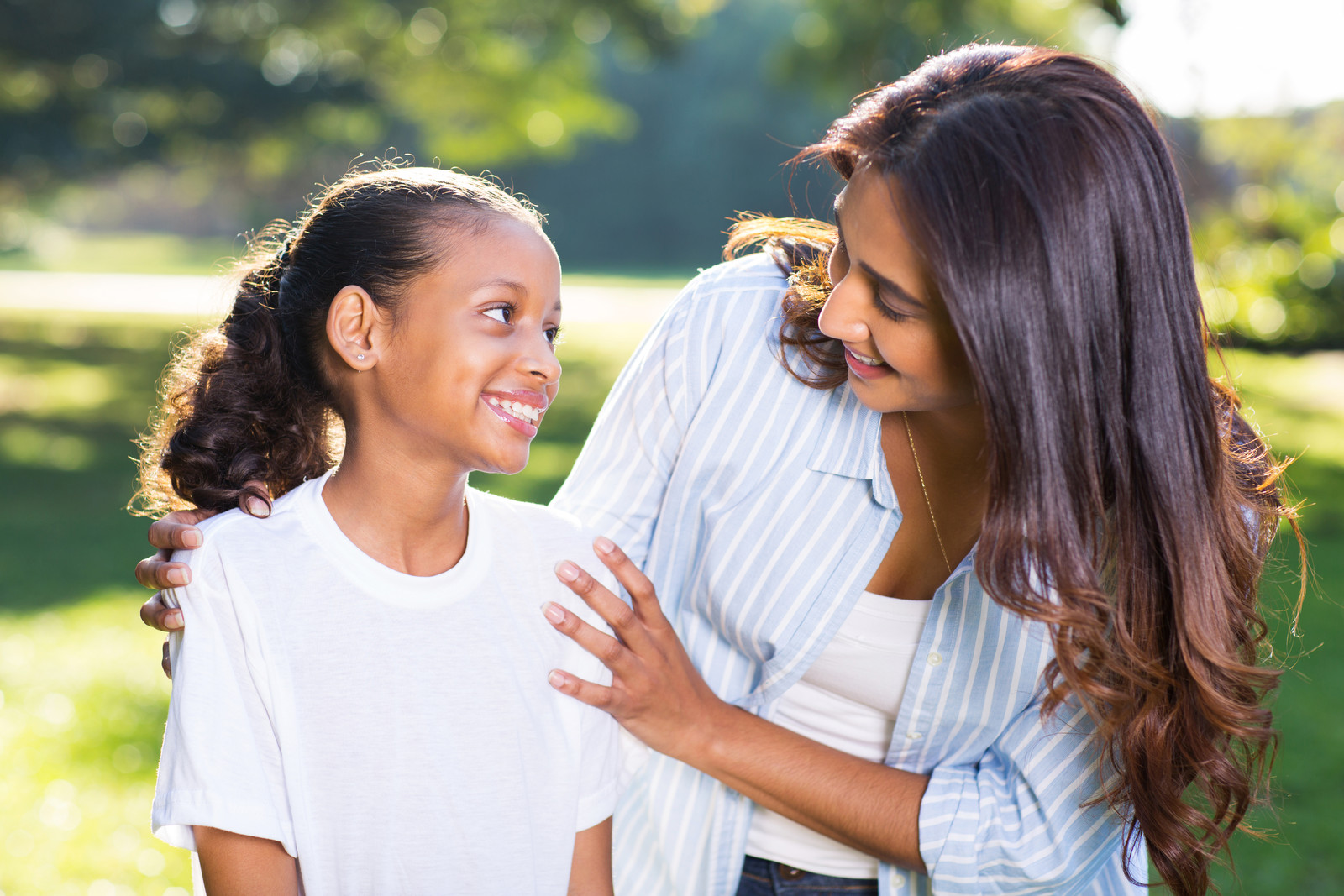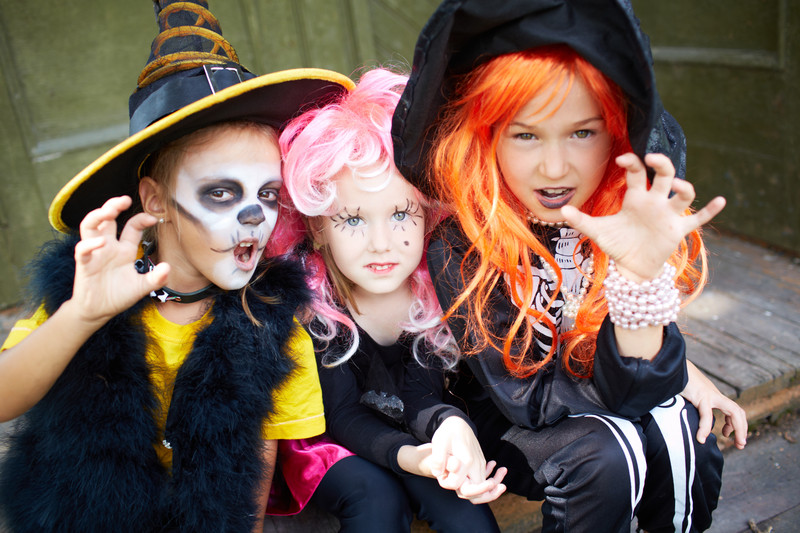Winter bugs have well and truly hit Adelaide! Everywhere I look, adults and children alike are falling victim to the array of nasty viruses that are doing the rounds. Given the amount of illness around, I thought it was a good time to bring up a common cause of confusion/concern amongst parents…. whether or not we should treat a temperature.
Over the years this question has caused debate and the current thinking is very different from the theories that many of our parents followed.
When I was growing up my Mum used to treat a temperature at its first sign, I was put to bed with paracetamol and a cold flannel on my head. When I started nursing (more years ago than I care to mention now) again we used to hand out paracetamol if any patients had a temperature.
HOWEVER, THE CURRENT THINKING HAS DONE AN ABOUT TURN……
This change has come about in part by our understanding that a temperature is part of the body’s natural inflammatory response to a virus or bacterial illness. It tells us that our immune system is fighting and doing its job. Some people seem to develop temperatures easier than others and some people cope better with temperatures than others; we are all individuals. There is a small percentage of children usually between the ages of 6 months to 6 years who develop temperature related seizures (febrile convulsions) in response to a rapid rise in temperature.
It is important to note that the following guidelines do not apply to them as they will have separate guidelines/action plans to follow from their doctors that acknowledging that they respond differently to temperatures.
SO, YOUR LITTLE ONE HAS A FEVER….
The normal temperature range is 36-38 degrees depending on the time of day and activity levels amongst other things. A fever is a temperature above 38 degrees. As mentioned running a higher than normal temperature, is a natural response when fighting an infection and a mild fever (up to 39) in fact may help the fight. With this in mind the current recommendations are to treat the symptoms and NOT the fever. Remember you know your child the best, it is very important to look at the whole child and not just the reading of the thermometer. This means that if you have a child who has a temperature of 38.3 degrees, but is happily playing, is drinking and eating and is not miserable you just need to follow the supportive comfort measures below rather than give paracetamol to treat the temperature. However, if your child has a temperature of 38.3 degrees, is clinging or miserable then paracetamol will make them more comfortable in conjunction with the below supportive measures.
Unlike when I was a child we no longer use a tepid bath or sponge down with tepid water, neither do we use fans. This can make the body shiver which can cause the temperature to rise.
So, what else can you do to support your little one?
SUPPORTIVE MEASURES
These simple things are the best way to help your child with a fever and should be used whenever you notice your child has a temperature:
- Fluids: Frequent small sips of clear fluids help your child to stay hydrated with a temperature. If your child is under 6 months old, offer extra breast/bottle feeds or cooled boiled water.
- Dress your child appropriately: in enough clothing so that they do not shiver which could cause their temperature to rise
- Don’t worry if they are not eating: fluids are the most important thing in the short-term. You could offer age appropriate “fluid filled snacks” such as jelly, fruit puree, ice blocks etc
- Monitor: keep a close eye on your child for signs that you child is getting worse
WHEN TO SEE THE DOCTOR
There will be times when your child has a temperature that you will need to take them to the Doctor. Perhaps the most important of these is when your “gut” tells you that something is not right with them. A parent should always trust their instincts and act on them as you know your child the best! The other times to see the Doctor include:
- If your child is 3 months or under and has a fever
- If they are lethargic, floppy or sleepy
- If they are drinking less than usual, especially if they have…
- Less wet nappies than usual
- An unexplained rash
- High pitched or unusual crying
- A bulging or sunken fontanelle
- Cold extremities with a high temperature
This is not an exhaustive list and I really encourage you to see the Doctor if you are worried.
The key messages to remember while the winter bugs are amongst us are…. If your child is happy there is no need to treat the temperature AND remember to trust your instincts and see a Doctor if you are worried or if your child has any of the symptoms above.
Good luck getting through the last of winter and its bugs!
Medical disclaimer: this article was written for information and education purposes only and is not intended to be a substitute for professional medical advice, diagnosis, or treatment. Always seek the advice of your physician or other qualified health provider with any questions you may have regarding a medical condition. Never disregard professional medical advice or delay seeking it because of something you have read in this article.







![Party-Web-Banner-[970x150]](https://kidsinadelaide.com.au/wp-content/uploads/2024/04/Party-Web-Banner-970x150-1.gif)


















